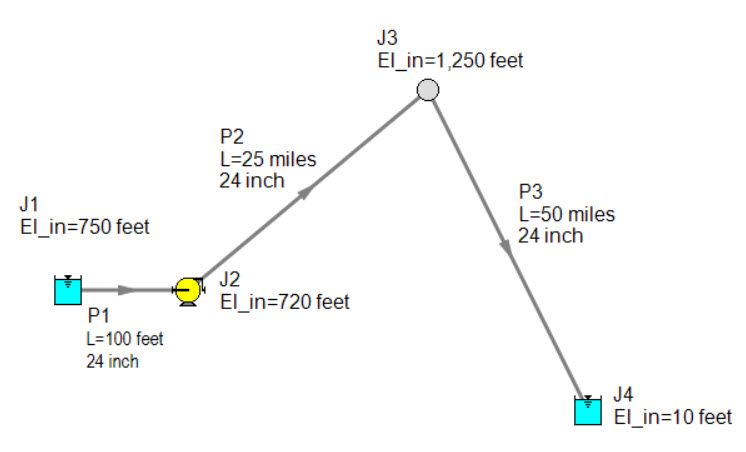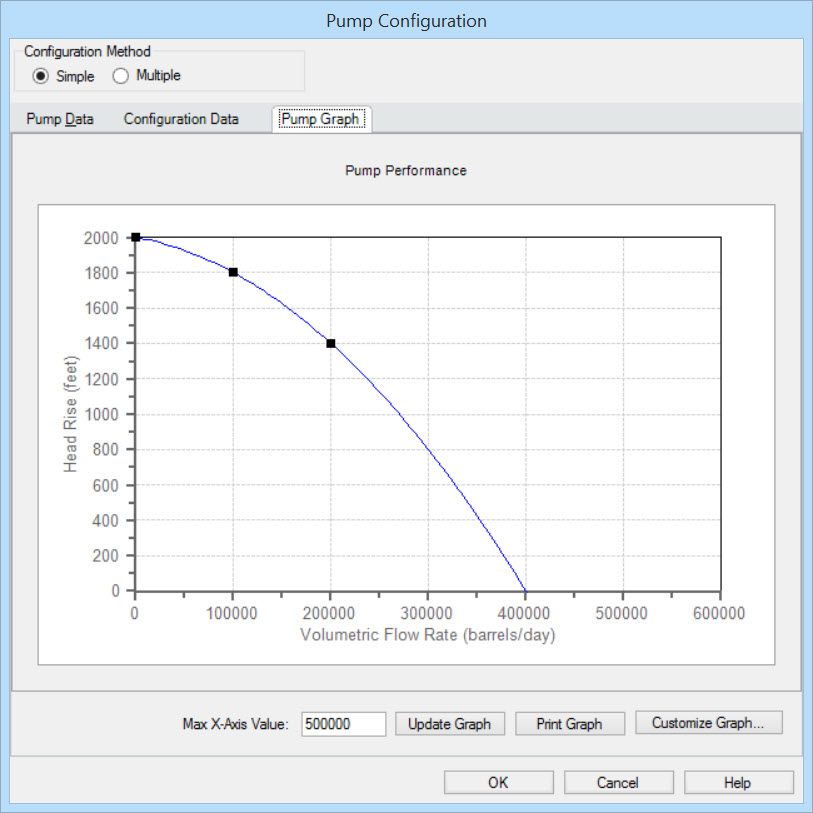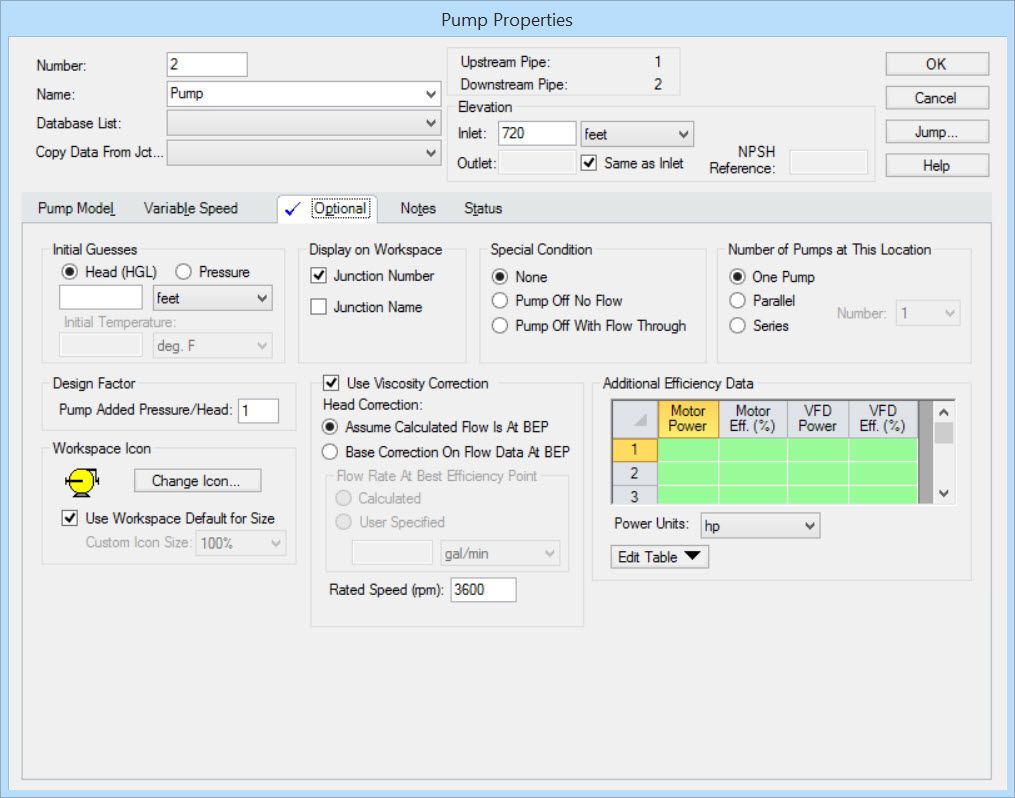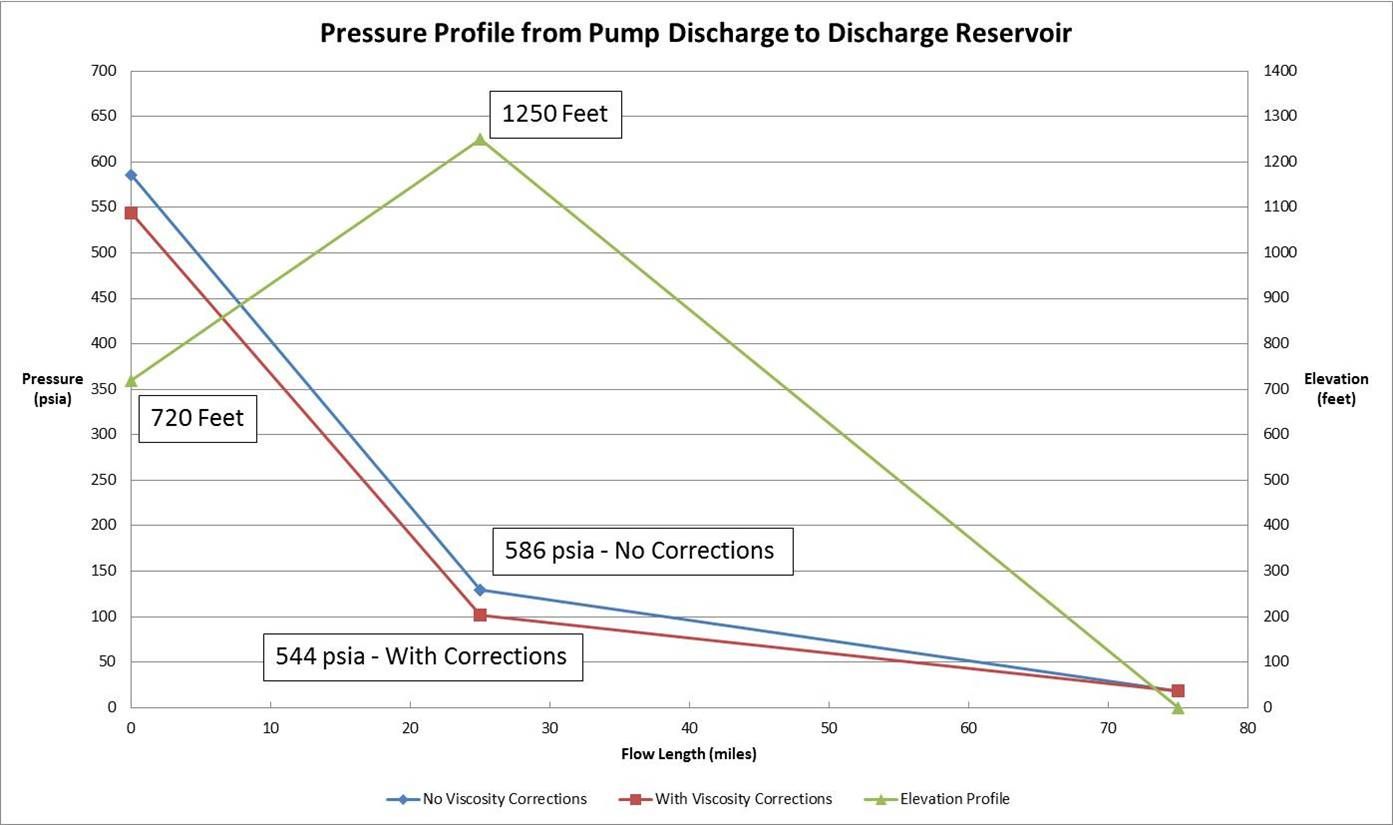AFT Blog
What About Viscosity Corrections?
Previously, I wrote an article that discussed how to account for density differences between a pump manufacturer's test fluid and a system fluid for pumps as well as the importance, https://www.aft.com/blog/entry/2014/12/02/reference-densities-for-pump-operation. Both AFT Fathom and AFT Impulse can take into account these density differences very easily, thus, reducing the efforts for the user.
But what about viscosity corrections? Is it important to take this into account as well? How is this accomplished? Does it really make a difference?
If the system fluid you are modeling has a HIGHER VISCOSITY (more resistant to flow) than the fluid the pump was tested with, then yes, it is important to take the viscosity differences into account. However, if the viscosity of the system fluid is LESS than the viscosity of the pump test fluid, then it is not necessary to take the differences into account.
The Hydraulics Institute publishes a method to determine viscosity corrections to head rise, flow rate, and efficiency for standard rotodynamic pump curves. This method published in the ANSI/HI Standard 9.6.7-2010 is incorporated into AFT Fathom and AFT Impulse so that viscosity corrections can be determined and used. The "Crude Oil Pipeline.fth" example in the AFT Fathom Examples Help File illustrates how to account for the viscosity corrections and also the difference it makes.
In this example, a viscous crude oil with a dynamic viscosity of 500 cP is modeled. The overall 24 inch piping is ~75 miles long and traverses over an elevation rise of 530 feet from the pump discharge to the high point in the system.

The below pump curve that is used has a Rated Speed of 3600 rpm. Enabling the usage of Viscosity Corrections is very easy and is done on the Optional tab of the Pump Property window.


The only input required for the Viscosity Corrections is the Rated Speed, and to define if the calculated system flow rate is assumed to be at the Best Efficiency Point (BEP), or to base the correction on flow data at the BEP from either an input efficiency curve or a user specified flow rate at the BEP. There is no effiency data entered for this pump in the example, so we will assume that the calculated flow is at the BEP.
So how much does accounting for viscosity corrections actually impact results? Well, in this case, the impact is fairly significant. As seen in the results below, WITHOUT accounting for corrections to viscosity, the flow rate would be about 151,600 barrels per day, while ACCOUNTING for viscosity corrections shows that only about 143,800 barrels per day would be delivered. If a customer was expecting 151,600 barrles per day based upon a flow model, they would be curious to know what is happening to the 7800 barrels per day they are not receiving!

How about the pressure at the high point of the system? As seen at the pressure profile below from the pump discharge to the discharge reservoir, the pressure at the high point is 544 psia, 42 psi LOWER than if viscosity corrections were not taken into account.

Moral of the story is...If you are dealing with a viscous system fluid, then applying the viscosity corrections can make a significant impact!



Comments 3
Worthful...!!!
Couple of questions:
1. The pump curve data entered, is this for water?
2. How are NPSH-R curves corrected? does the hydraulic institute provide correction factors for this, and is it incorporated in Fathom? In a centrifugal pump book by Lobanoff, I have read that for fluids upto about 400 cSt water NPSH-R curves maybe used, but beyond that NPSH-R should be determined from the vendor.
Hi SB,
Yes, the pump curve data entered is assumed to be based upon water. The System Fluid has a higher viscosity than water and that is why this example is taking into account the viscosity corrections.
I am not aware if there are any special corrections needed for NPSHR curves from the Hydraulic Institute. We do not have any corrections for NPSHR built into the software. If your system fluid that you're dealing with is a high viscosity fluid and the pump manufacturer provides your curves based upon water, then you will probably want to ask them for guidance if there are any corrections needed for the NPSHR curve from the pump vendor.
Hope that helps clarify! Thank you for reading the article!